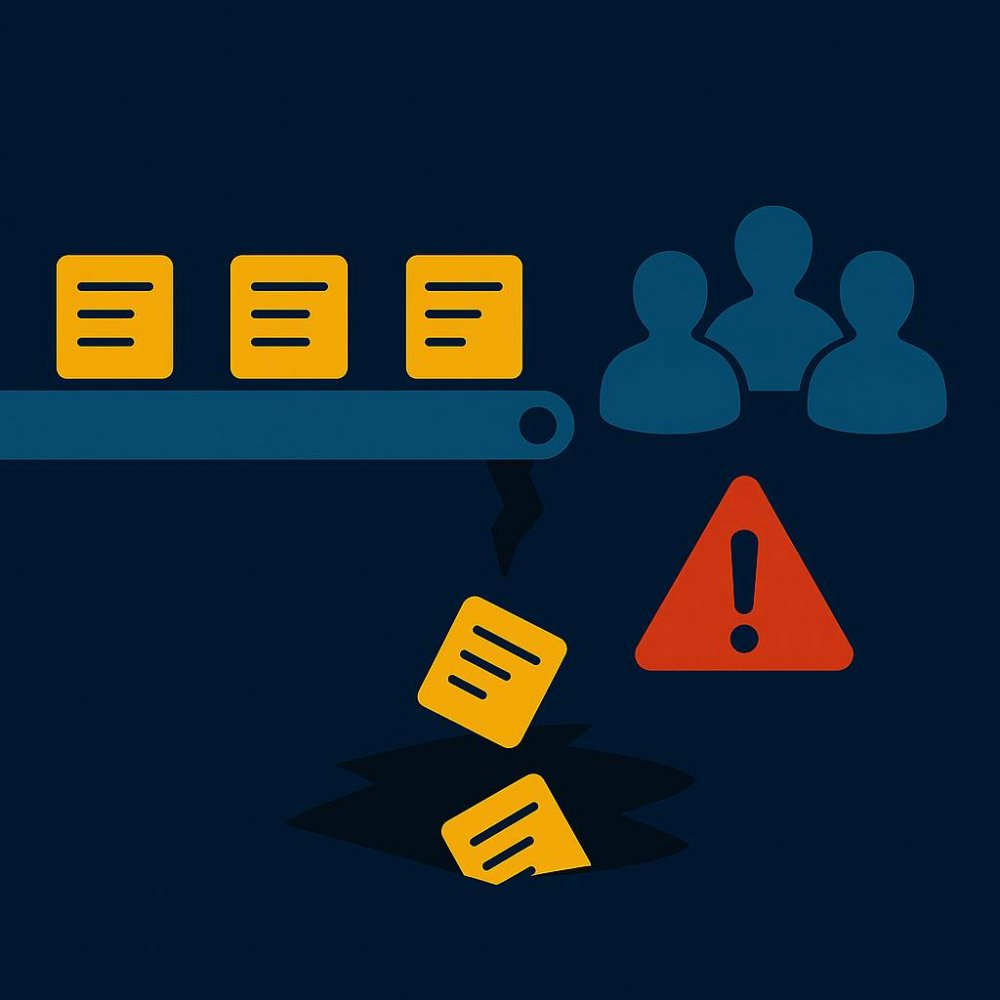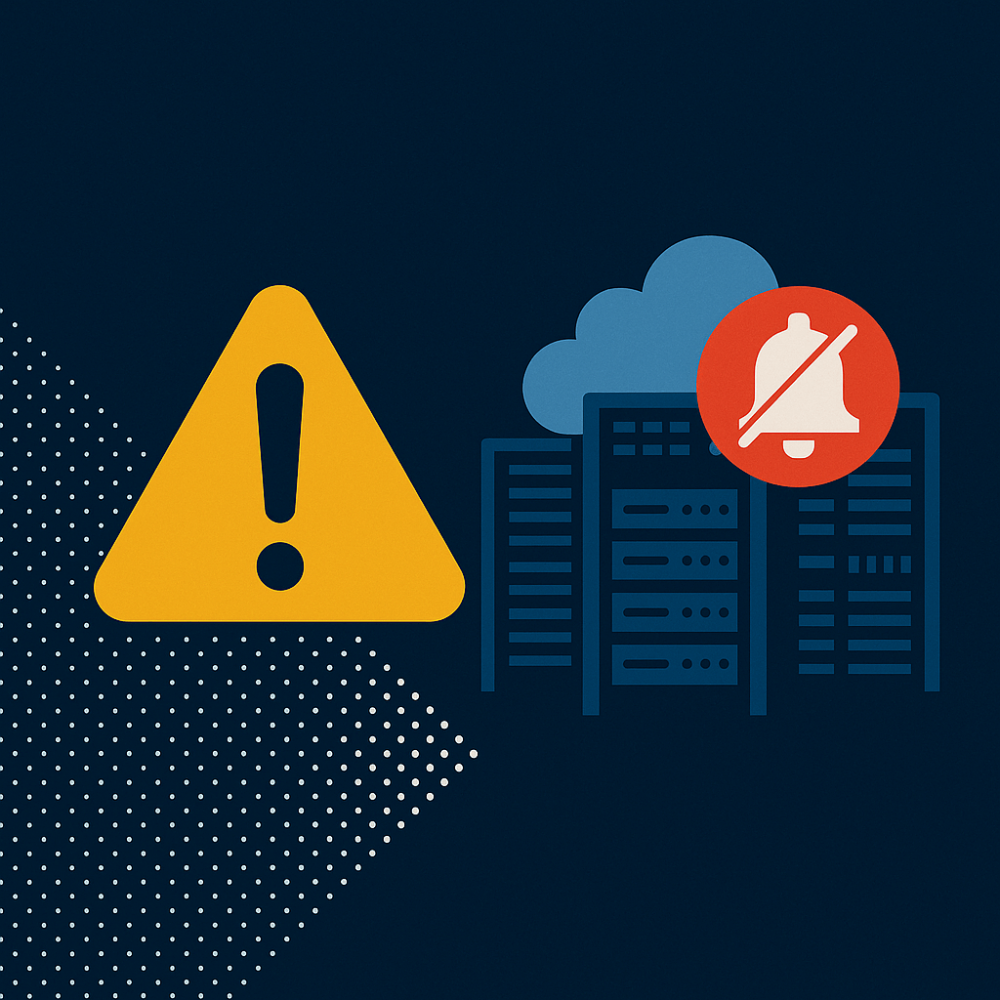In the rapidly evolving digital landscape, data centers serve as the backbone for countless industries, ensuring the seamless operation of various digital services. As companies strive to enhance efficiency, scalability, and security, optimizing data center operations (or data centre operations) becomes a critical aspect of business strategy. This blog explores the significance of robust data center operations, uncovering strategies that align with Fulcrum Collaborations’ mission to integrate operational intelligence for smarter management.
Understanding the complexities of data center operations
Data centers are intricate ecosystems housing a wide range of physical data center components including networks, servers, and storage systems that facilitate data processing and communication. Effective management of any data center facility requires a comprehensive approach, addressing challenges such as energy consumption, equipment maintenance, and risk mitigation. For organizations that rely on mission-critical facilities, operational inefficiencies can lead to significant costs and system failures.
To navigate these complexities, businesses must leverage tools that provide real-time insights and predictive capabilities. Data centers investing in solutions like Mission Critical Information Management (MCIM) gain access to a single platform that enhances visibility, standardizes operations, and automates essential workflows.
The role of enterprise asset management in efficient data center operations
Enterprise Asset Management (EAM) plays a pivotal role in optimizing data center operations. By providing a centralized system to track and manage physical infrastructure and assets, EAM reduces downtime and extends the lifespan of critical equipment. Organizations can shift from reactive to proactive maintenance, leveraging predictive analytics to anticipate and prevent potential failures.
Key benefits:
- Improved asset visibility: Real-time tracking of data center assets ensures optimal resource utilization and smooth operations.
- Predictive maintenance: Leveraging AI and machine learning, predictive maintenance minimizes unexpected failures, enhancing uptime.
- Cost savings: Effective asset management reduces maintenance costs, allocating resources efficiently.
Emphasizing risk mitigation and compliance
Data centers face ongoing risks ranging from physical security threats to compliance challenges. Implementing robust incident and near-miss reporting systems provides a framework for managing these issues proactively. Platforms like MCIM offer comprehensive risk management by automating compliance tracking and enhancing security systems protocols.
Strategies for risk mitigation:
- Incident reporting: Real-time documentation and analysis of incidents streamline response efforts and prevent recurrence.
- Compliance tracking: Automating compliance ensures adherence to industry regulations, safeguarding against penalties.
- Security enhancements: Integrating advanced security measures protects data center infrastructure from potential threats.
Enhancing productivity through operational dashboards
Data centers generate vast amounts of operational data, necessitating tools that transform this information into actionable insights. Operational dashboards offer a visual representation of performance metrics, enabling data center managers to make informed decisions that optimize efficiency and productivity.
Features of effective dashboards:
- Real-time performance metrics: Immediate access to key indicators allows for prompt adjustments and smooth operations.
- Customizable views: Tailoring dashboard views to specific roles enhances usability and focus.
- Predictive insights: Utilizing AI, dashboards identify trends and predict outcomes, enabling strategic planning.
Leveraging predictive analytics for strategic decision-making
Predictive analytics empowers organizations to transform data into foresight, identifying potential challenges and opportunities within the data center environment. By analyzing historical data and identifying patterns, facilities managers can optimize resource allocation and enhance operational efficiency.
Applications:
- Capacity planning: Anticipating future demands ensures data center resources are adequately allocated.
- Energy optimization: Predictive insights identify energy-saving opportunities, reducing consumption and costs.
- Maintenance scheduling: Data-driven maintenance schedules minimize disruptions and extend the lifespan of physical infrastructure.
Integrating workflow and operational intelligence
Central to optimizing data center operations is the integration of workflow and operational intelligence. MCIM drives efficiencies by streamlining processes and automating repetitive tasks, allowing teams to focus on strategic initiatives. By standardizing operations, organizations minimize human error and increase reliability.
Advantages:
- Standardized processes: Ensuring consistent operations across facilities improves reliability and reduces risk.
- Automated workflows: Automation of routine tasks frees up resources for strategic projects.
- Operational intelligence: Comprehensive insights drive informed decision-making, optimizing overall performance.
Increasing availability and reducing costs
Ultimately, the goal of optimizing data center operations is to increase availability while reducing costs. Achieving this balance requires a strategic approach that leverages technology and operational intelligence. By adopting solutions like MCIM, organizations streamline operations, enhancing facility performance and achieving cost savings.
Outcome-focused strategies:
- Resource optimization: Efficient use of resources reduces waste and cuts costs.
- Enhanced uptime: Proactive maintenance and risk management increase data center availability.
- Scalable solutions: Implementing scalable technologies accommodates growth and adapts to changing needs.
Final thoughts: optimizing data center operations for peak performance
Optimizing data center operations is more than a technical endeavor—it’s a strategic imperative for organizations seeking to thrive in a digitally driven world. By embracing tools that integrate workflow and operational intelligence, businesses can centralize, standardize, and automate their operations, driving efficiencies, reducing costs, and mitigating risks.
Solutions like MCIM, with their comprehensive capabilities, offer organizations the insights and tools needed to transform their facilities into hubs of innovation and efficiency. In doing so, they not only enhance their operational footprint but also ensure their data centers are primed for the future.



